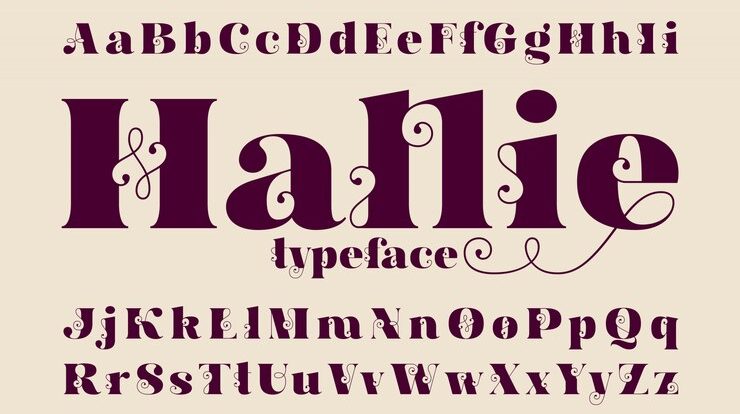
One of the struggles that can present itself when running a business is dispute settlement; however, some company owners don’t know how to go about dealing with such. Mediation services can cost a business a lot of time and money, which isn’t beneficial to productivity and can drain resources. Instead of going through various trials in court, companies will normally reach a negotiated compromise. This is the first step in reaching a workable compromise; however, the process also involves much documentation and enforcement, which is detailed below.
What is a Settlement?
Quite simply, a settlement is a compromise in which two opposing parties will reach a bind agreement to resolve a dispute. This is an effective means of settling professional differences and can either be documented or simply reached via an oral agreement. Despite this, it’s always a good idea to capture the agreement in writing, as this provides clarity and evidence of the agreement.
When Should a Settlement be Considered?
Typically, a settlement should be considered relatively early on before there is need for legal action. It’s wise for each party to begin the negotiation process as soon as possible with the intention of resolving the dispute. This is to avoid arbitration or litigation, which is what causes firms to spend excessive time and money. Despite this, if a settlement isn’t successful, this can accelerate the need for legal action, which can have the opposite effect of what a business wishes to achieve. Therefore, a settlement should be handled delicately and shouldn’t be entered into lightly or rashly.
How is a Settlement Documented?
As previously mentioned, there are no set requirements when it comes to documenting a settlement. Despite this, it’s always wise to have some form of physical evidence of the settlement taking place. For instance, a series of emails, letters, or even a voice recording. Perhaps the simplest way of documenting a settlement is by drafting a contract; this doesn’t have to be too intricate and can essentially contain the agreed terms and the signatures of each party.
What Should the Settlement Contain?
Most commonly, the driving force of the settlement is the commercial deal, and this is also what is normally agreed on first. Typically, this refers to what a party is willing pay in order to resolve the initial claim that has been made against it. This must be whilst considering the risks of losing at a trial, as well as time management and irrecoverable costs that could potentially be incurred, even in the instance that the party wins. With this being said, the commercial agreement is only the initial stage of a settlement and much more needs to be considered.
For instance, a compromise agreement must contain the parties, consideration, extent of settlement, statements and confidentiality, costs, and tax consequences. The primary concern of a company is to be as time and cost efficient as possible, which is why everything must be thoroughly considered before proceeding with a settlement.
How Are Settlements Finalized?
The process of finalizing a settlement may involve discontinuance, dismissal, or stay. Discontinuance is a process whereby the claimant simply withdraws their claim. Dismissal is a case in which the parties seek a court order so that the proceedings can be dismissed. Finally, stayed proceedings refers to the claim being held in abeyance until one of the parties applies for a court order for further action to be taken.
Ultimately, there is no one way to settle a professional dispute but, as a rule of thumb, it’s best to avoid legal action where possible. Usually a settlement is the best way forward.






